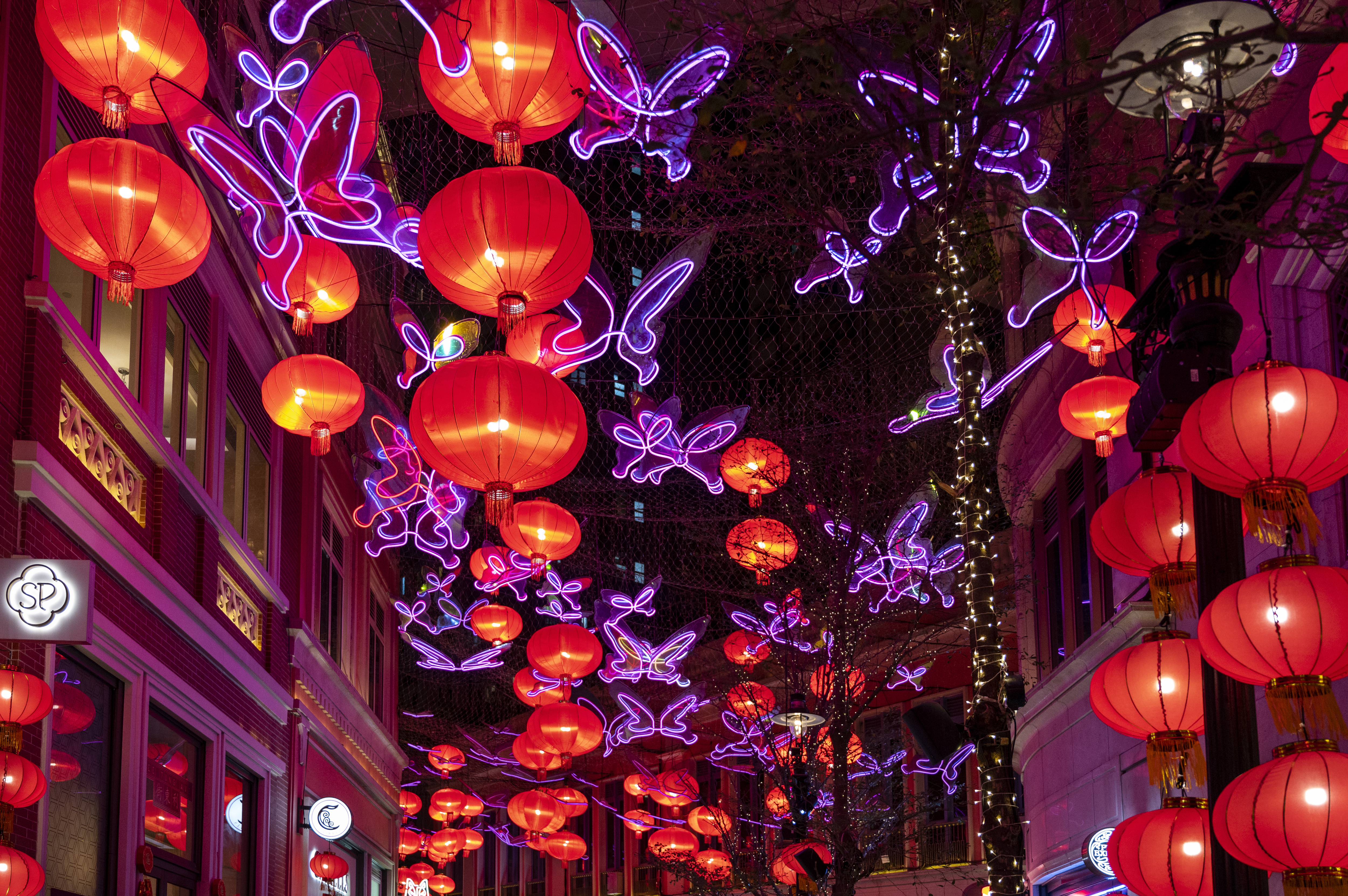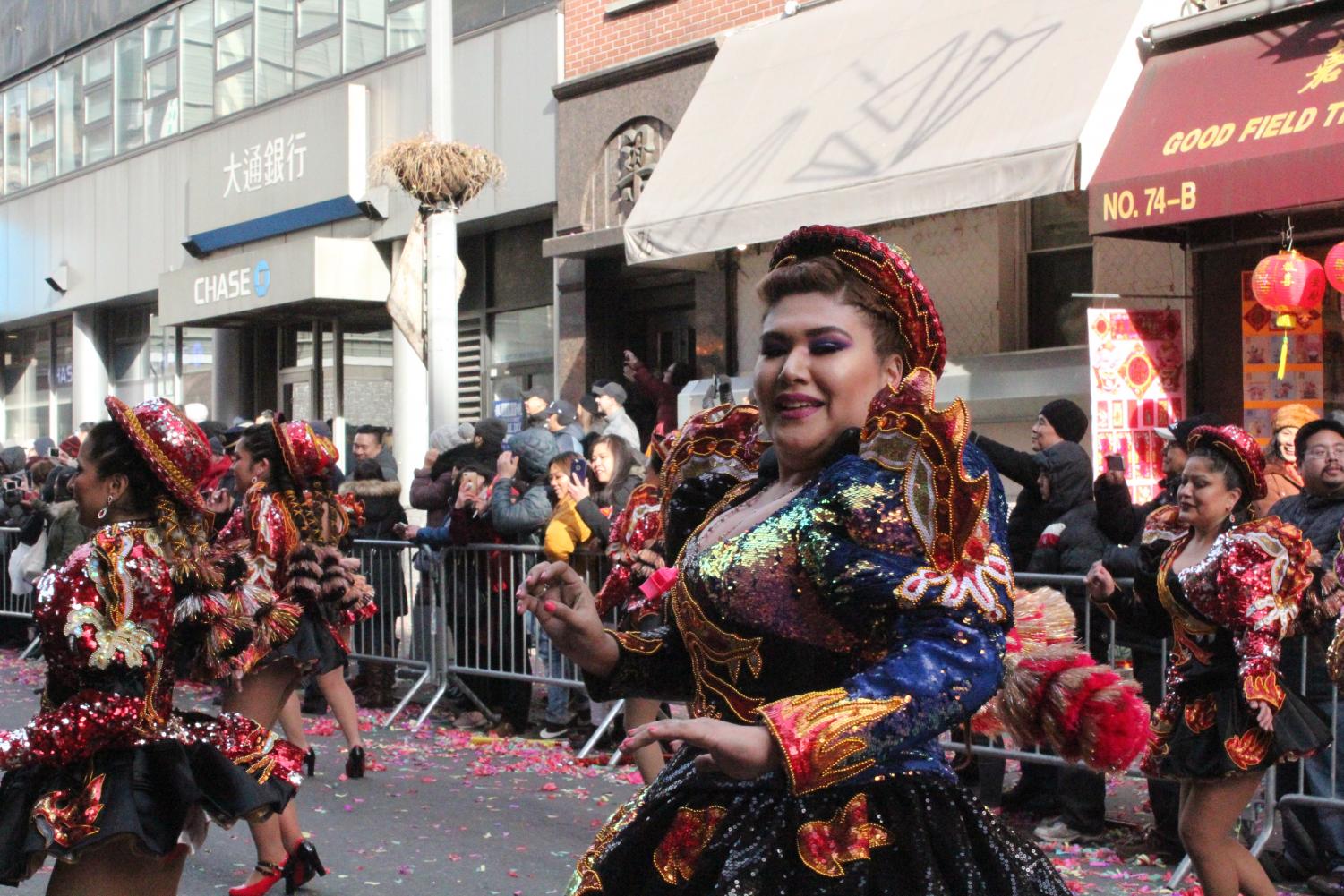
Families began to get together to clean their house, have a feast, and stay up late until the new year. Rather than beginning with the new moon, China began their new year on the fixed date of February 1 every year.īy the Wei and Jin Dynasties (220-420) the festivities of celebrating the new year began to move from worshiping gods and ancestors to a form of entertainment. By the Han Dynasty (202 BC-220 AD), the date of the festival changed. The Chinese Calendar “Year” was established during the Zhou Dynasty (1046-256 BC) and became a custom in this dynasty to offer sacrifices to ancestors or gods and worship nature to bless future harvests. The word for year literally came from a monster. After discovering this information, the monster never showed up again, and thus began the tradition of red lanterns, red clothing, and cracking bamboo (an early form of firecrackers).įun fact: the term “Nian” referring to the word “year” did not show up until hundreds of years after the story of the Nianshou. People lived in fear of the monster until one day when “an old man with white hair and a ruddy complexion visited a village.” The man said they no longer had to live in fear because he figured out that Nian was scared of the color red and loud noises. To prevent this beast from causing destruction, people would put food outside of their doors for Nian.Īccording to the story, some people’s fear of Nian caused them to flee into remote mountains to avoid the terror of the monster. Nianshou, meaning the “yearly beast,” arrived every eve of the new year to eat livestock, crops, and even the occasional person. The most popular of these being the story of the mythical beast Nianshou (Nian). This ritual, like many old traditions, was steeped with stories and myths. The early recordings of the Chinese New Year included sacrificial ceremonies in honor of gods and ancestors at the end of each year.
Lunar new year traditions full#
The Chinese New Year traditionally began with the new moon which occurs between the end of January and the end of February and lasts about 15 days or until the full moon arrives. The intricate calendar’s parameters were set according to the lunar phases and solar solstices and equinoxes.

The calendar operated as a religious, dynastic, and social guide and changed structure according to which emperor held power.

The earliest recorded form of the ancient Chinese lunar calendar can be seen in the 14th century B.C.

The Origin of the Lunar Calendar and Nian, the “Yearly Beast” Although the Western calendar, which celebrates the new year on January 1, was adopted by China in 1912, it and many other countries continue to celebrate the Lunar New Year. This festivity is tied to the Chinese lunar calendar, and it originated as a time for feasting and to honor household and heavenly deities and ancestors. Happy Chinese New Year! Not sure what that means? Chinese New Year, also referred to as the Lunar New Year or the Spring Festival, is one of the most important traditional Chinese festivals and began around 3,500 years ago.


 0 kommentar(er)
0 kommentar(er)
